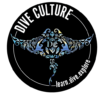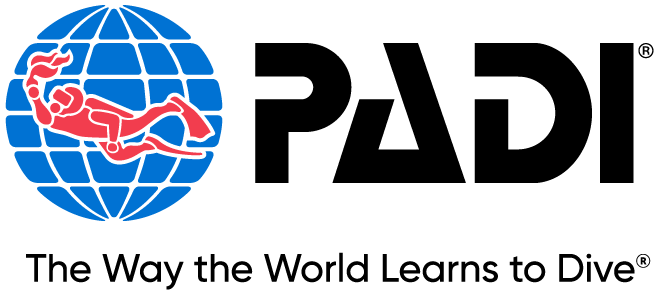
The Ocean’s Food Chain: Predators, Prey, and Balance
The ocean is a vast and interconnected web of life, where every creature plays a crucial role in maintaining the delicate balance of its ecosystems. From the tiniest plankton to the largest whales, each species contributes to the intricate food chain that sustains marine life. Let’s dive into the fascinating dynamics of the ocean’s food chain, exploring its predators, prey, and the vital balance they maintain.
The Building Blocks: Primary Producers
At the foundation of the ocean’s food chain are the primary producers, which include microscopic organisms like phytoplankton and larger plants like seagrass and kelp. These producers harness sunlight through photosynthesis, generating energy that forms the basis of life in the ocean. Phytoplankton alone is responsible for producing over 50% of the world’s oxygen and serves as the main food source for many small marine organisms.
The Small but Mighty: Primary Consumers
Primary consumers are herbivores that feed on primary producers. These include zooplankton, tiny shrimp-like creatures, and larger species like sea urchins and grazing fish. While they may seem small or insignificant, these creatures are a vital link in transferring energy from producers to higher levels of the food chain.
The Middle of the Chain: Secondary Consumers
Secondary consumers are carnivores or omnivores that feed on primary consumers. This group includes species like small fish (e.g., herring and sardines), squid, and crustaceans. These animals are prey for larger predators and play a pivotal role in transferring energy up the food chain. Without them, higher predators would lack the sustenance needed to survive.
Top of the Food Chain: Apex Predators
At the top of the ocean’s food chain are the apex predators, which include sharks, orcas, and large predatory fish like tuna and barracudas. These animals have few or no natural predators and play a crucial role in controlling the populations of species below them. By doing so, they help prevent overpopulation and maintain the overall health of marine ecosystems.
For example, sharks help keep fish populations in check, ensuring that no single species dominates and disrupts the balance. Similarly, orcas are known to regulate populations of seals and sea lions, maintaining a stable ecosystem.
The Role of Decomposers
No food chain is complete without decomposers. Organisms like bacteria, fungi, and scavengers (e.g., crabs and sea cucumbers) break down dead organic matter, recycling nutrients back into the ecosystem. This process supports primary producers, completing the cycle of life in the ocean.
The Delicate Balance
The ocean’s food chain is a finely tuned system, and any disruption can have cascading effects. Overfishing, for example, can deplete populations of key species, disrupting the balance. Removing too many apex predators can lead to an overabundance of smaller predators, which in turn may overconsume primary consumers and harm primary producers.
Climate change also poses a significant threat, as rising temperatures and ocean acidification impact phytoplankton populations. Since these tiny organisms are the foundation of the food chain, their decline can ripple through the entire ecosystem.
Protecting the Ocean’s Food Chain
Conservation efforts are crucial to preserving the ocean’s food chain. This includes regulating fishing practices, establishing marine protected areas, and addressing climate change. By protecting primary producers and apex predators alike, we can ensure the continued health and balance of marine ecosystems.
Conclusion
The ocean’s food chain is a marvel of nature, showcasing the intricate relationships between predators, prey, and the environment. Each link in the chain is essential for the survival of the whole. By understanding and protecting this delicate balance, we can help sustain the vibrant and diverse life that thrives beneath the waves.


